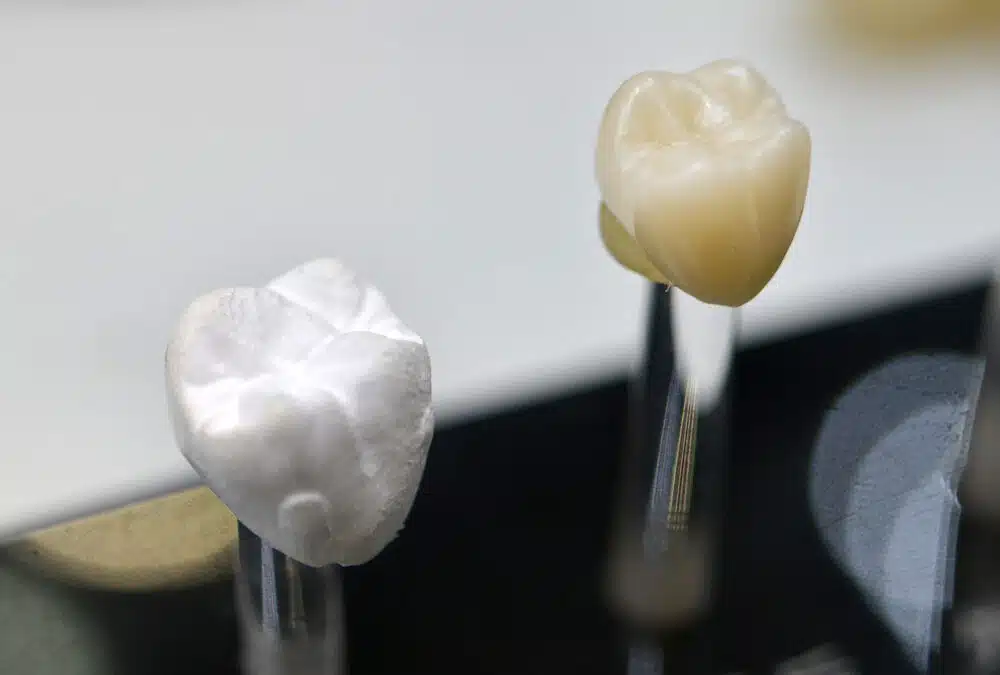
The Ultimate Guide to Dental Health: Tips for a Brighter, Healthier Smile
Maintaining good dental health is essential for overall well-being. A healthy smile can boost your confidence and play a crucial role in preventing various health issues. In this comprehensive guide, we’ll explore the importance of dental health, practical tips for maintaining a bright smile, and how to address common dental problems without relying on fluoride.
1. Understanding Dental Health
Dental health refers to the condition of your teeth, gums, and mouth. Good dental health means being free from tooth decay, gum disease, and other oral conditions. It encompasses daily habits, regular dental check-ups, and a balanced diet.
2. The Importance of Oral Hygiene
Oral hygiene is the practice of keeping your mouth clean to prevent dental issues. Proper oral hygiene helps remove food particles and plaque, a sticky film of bacteria that forms on your teeth. This prevents tooth decay and gum disease.
3. Daily Oral Care Routine
A consistent daily oral care routine is the foundation of good dental health. Here are the steps you should follow:
Brushing
Brush your teeth at least twice a day using a non-fluoride toothpaste. Use a soft-bristled toothbrush and replace it every three months. Brush for two minutes, ensuring you cover all surfaces of your teeth.
Flossing
Flossing removes food particles and plaque between teeth and along the gum line, where a toothbrush cannot reach. Floss daily to prevent cavities and gum disease.
Natural Mouthwash
Using a natural mouthwash, such as one made with essential oils or herbal ingredients, can help reduce bacteria and freshen your breath without the use of fluoride.
4. Importance of Regular Dental Check-Ups
Regular dental check-ups are crucial for maintaining dental health. Your dentist can detect early signs of problems like cavities, gum disease, and oral cancer. Schedule a visit every six months for a professional cleaning and examination.
5. The Role of Diet in Dental Health
A balanced diet is vital for healthy teeth and gums. Here are some dietary tips:
Avoid Sugary Foods and Drinks
Sugary foods and drinks contribute to tooth decay. Bacteria in your mouth feed on sugar, producing acids that erode tooth enamel. Limit your intake of sweets, soda, and other sugary items.
Eat a Balanced Diet
Include plenty of fruits, vegetables, lean proteins, and dairy products in your diet. Foods rich in calcium, such as milk and cheese, help strengthen teeth. Crunchy fruits and vegetables, like apples and carrots, stimulate saliva production, which helps clean your mouth.
Stay Hydrated
Drinking water helps wash away food particles and bacteria. Aim to drink at least eight glasses of water a day to keep your mouth and body hydrated.
6. Common Dental Problems and How to Address Them
Tooth Decay
Tooth decay is caused by the breakdown of tooth enamel due to acids produced by bacteria. To prevent tooth decay, follow a strict oral hygiene routine, limit sugary foods, and visit your dentist regularly.
Gum Disease
Gum disease, or periodontal disease, is an infection of the gums that can lead to tooth loss if untreated. Symptoms include red, swollen gums, and bleeding when brushing or flossing. Good oral hygiene and regular dental visits are key to preventing gum disease.
Bad Breath
Bad breath, or halitosis, can be caused by poor oral hygiene, certain foods, or medical conditions. Brushing, flossing, and using a natural mouthwash can help, but if bad breath persists, consult your dentist to rule out underlying issues.
Tooth Sensitivity
Tooth sensitivity occurs when the enamel wears down, exposing the underlying dentin. Avoid acidic foods and drinks, use toothpaste designed for sensitive teeth, and consult your dentist for further treatment options.
7. The Impact of Smoking on Dental Health
Smoking has severe effects on dental health, including an increased risk of gum disease, tooth loss, and oral cancer. It also causes bad breath and stains your teeth. Quitting smoking is one of the best things you can do for your oral and overall health.
8. Teeth Whitening Options
A bright, white smile is often associated with good health. Here are some common teeth whitening options:
Over-the-Counter Products
Whitening toothpaste, strips, and gels are available at most drugstores. They can help remove surface stains but might not be as effective as professional treatments.
Professional Whitening
Your dentist can offer professional whitening treatments, which are more potent and provide faster results. These treatments can significantly brighten your smile but may cause temporary sensitivity.
9. The Benefits of Orthodontics
Orthodontic treatments, such as braces and clear aligners, can correct misaligned teeth and bite issues. Straight teeth are easier to clean, reducing the risk of tooth decay and gum disease. Consult an orthodontist to explore your options.
10. How to Handle Dental Emergencies
Toothache
For a toothache, rinse your mouth with warm water and use floss to remove any food particles. Avoid placing aspirin on the tooth or gums. If the pain persists, contact your dentist.
Knocked-Out Tooth
If a tooth is knocked out, keep it moist by placing it in milk or saline solution. Try to reinsert it into the socket if possible. Seek immediate dental care to improve the chances of saving the tooth.
Broken Tooth
Rinse your mouth with warm water and apply a cold compress to reduce swelling. Save any broken pieces and see your dentist as soon as possible.
11. Fluoride Alternatives for Dental Health
While fluoride is commonly used to prevent tooth decay, there are effective alternatives for those who prefer to avoid it:
Xylitol
Xylitol is a natural sweetener found in many sugar-free gums and dental products. It helps reduce bacteria in the mouth and can aid in preventing tooth decay.
Herbal Products
There are various herbal toothpaste and mouthwash options that use natural ingredients like neem, clove, and tea tree oil, which have antibacterial properties that promote oral health.
Oil Pulling
Oil pulling involves swishing oil (such as coconut oil) in your mouth for 10-20 minutes to remove toxins and improve oral hygiene. This traditional practice can help reduce bacteria and prevent cavities.
12. The Connection Between Oral Health and Overall Health
Oral health is closely linked to overall health. Poor dental hygiene can lead to conditions like heart disease, diabetes, and respiratory infections. Maintaining good oral health can improve your overall quality of life.
13. Tips for Maintaining Dental Health in Children
Teaching children good oral hygiene habits early sets the foundation for a lifetime of healthy smiles. Here are some tips:
Start Early
Begin cleaning your child’s teeth as soon as they appear. Use a soft cloth or infant toothbrush and water.
Supervise Brushing
Children should brush twice a day with a pea-sized amount of non-fluoride toothpaste. Supervise them until they can brush effectively on their own.
Limit Sugary Snacks
Encourage healthy snacks like fruits, vegetables, and cheese. Avoid sugary snacks and drinks that can lead to cavities.
Regular Dental Visits
Schedule your child’s first dental visit by their first birthday. Regular check-ups will help monitor their oral development and catch any issues early.
Maintaining good dental health requires a combination of consistent oral hygiene, a balanced diet, regular dental check-ups, and healthy lifestyle choices. By following the tips outlined in this guide, you can achieve a brighter, healthier smile and improve your overall well-being. Remember, your smile is one of your best assets—take care of it, and it will take care of you!









